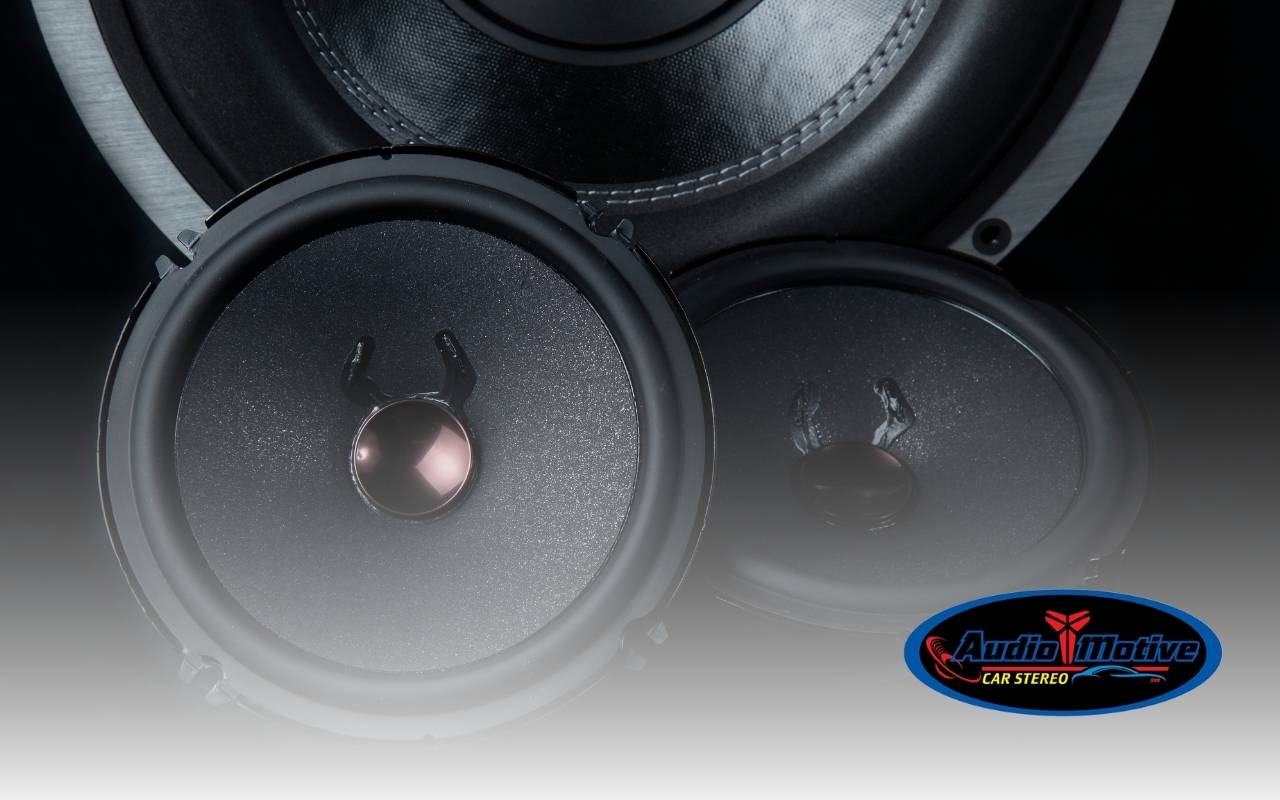
Finding balance between amplifier and speakers is like crafting a melody. It requires knowledge and attention for stunning sound. In high-fidelity setups, matching amp to speaker becomes an art. Each note then resonates with clarity and depth. When synergy happens, music transforms ordinary time into memorable moments. Many people invest in quality gear yet feel disappointed. The reason is often poor pairing between amplifier and speakers. This guide helps uncover how to achieve harmony. By the end, you will know how to unlock your system’s potential.
Understanding Amplifiers and Speakers
An amplifier increases the power of an audio signal. It enables speakers to convert energy into sound waves. Integrated amplifiers combine preamp and power amp stages. Power amps offer dedicated amplification. Portable headphone amps focus on personal listening. Each type impacts the delivery of music in unique ways. Speakers, however, transform signals back into sound. Drivers like woofers, midrange cones, and tweeters work together. Enclosure design, damping, and porting influence clarity and balance. Understanding both is key to avoid distortion and frequency issues. Matching amp to speaker ensures components operate within safe limits. This approach avoids damage and guarantees consistent performance.
Importance of Matching Amp to Speaker
Every audio setup needs compatibility. Too little power creates distortion and weak dynamics. Too much power risks damaging delicate drivers. Achieving a correct match preserves tonal accuracy and extends life span. Additionally, synergy between damping factor and impedance curve matters. These influence bass control and transient response. When aligned properly, music feels accurate and lively. Matching amp to speaker offers clarity at all volume levels. It allows every detail to shine with precision.
Power Handling and Impedance Matching
- Speakers have power handling limits in watts.
- They also feature nominal impedance measured in ohms.
- The amplifier’s continuous rating should align with speaker specs.
- Stable impedance support is essential for smooth operation.
- Correct matching reduces strain and extends dynamic range.
By aligning these specifications, your system runs efficiently. This step forms the foundation of a powerful listening experience.
Amplifier Classes and Speaker Efficiency
Amplifier classes shape efficiency and fidelity. Class A amps give pristine sound but low efficiency. Class AB blends balance and quality. Class D offers efficiency for compact setups. However, switching noise may appear without careful design. Speaker efficiency defines loudness with minimal input power. High-sensitivity speakers need little wattage for strong results. Low-sensitivity models demand robust amplifiers to perform well. Matching amp to speaker here prevents weak or strained output.
Tube Amps vs. Solid-State Amps for Different Speakers
- Tube amps provide warmth and gentle distortion.
- They pair best with high-efficiency speaker designs.
- Solid-state amps deliver control, efficiency, and power.
- They suit low-sensitivity speakers needing stronger drive.
- Both approaches create distinct sonic experiences worth exploring.
When matching amp to speaker, think about your music preferences. Tube lovers enjoy warmth and organic sound. Solid-state users favor precision and stronger bass control.
Speaker Size and Room Acoustics
Speaker size shapes bass extension and overall dispersion. Large speakers need more amplifier control and space. Bookshelf speakers fit smaller rooms but may lack deep bass. Room acoustics matter as much as equipment. Hard surfaces create echoes and reflections. Soft furnishings absorb frequencies and improve balance. Matching amp to speaker in relation to room size avoids imbalance. Small rooms with powerful systems may overwhelm listeners. Large rooms require careful pairing for fullness and impact.
Crossover Frequency Considerations
Crossovers split signals into frequency bands for drivers. Passive crossovers work inside speaker enclosures with fixed parts. Active crossovers enable more control but require extra amps. Adjusting crossover points enhances tonal balance and clarity. Matching amp to speaker while considering crossovers guarantees smooth integration. With proper alignment, transitions between drivers feel natural and distortion-free.
Testing and Fine-Tuning Your Setup
After setup, critical listening and measurements improve results. Use pink noise with a microphone for analysis. Adjust speaker placement based on room reflections. Modify gain levels for channel balance. Experiment with angles to enhance imaging and depth. Matching amp to speaker continues during fine-tuning. It ensures optimal output across all listening volumes.
Troubleshooting Common Sound Issues
Distortion often indicates mismatched specs or setup errors. Begin by checking connections, polarity, and amplifier settings. Persistent issues may point to incorrect power pairing. Bass boom is often room-related and requires acoustic fixes. Ensure both amplifier and speakers work within safe ranges. Matching amp to speaker prevents clipping, distortion, and fatigue. By troubleshooting correctly, your system regains clarity and balance.
FAQs
How do I know if my amp and speakers match?
Check power ratings and impedance. Ensure your amplifier’s output suits your speaker’s requirements.
What happens if my amp overpowers my speakers?
Excessive amp power risks damaging speaker drivers permanently.
Can I use any amp with bookshelf speakers?
Yes, but confirm the amp supports the speaker’s sensitivity and power rating.
Are tube amps better than solid-state for all speakers?
No, each serves different needs. Tube amps suit efficient speakers, while solid-state models handle power-hungry designs.
Do room acoustics affect amp and speaker pairing?
Yes, acoustics change sound balance dramatically. Even perfect matches need suitable environments for best results.
Crafting Your Perfect Audio Experience
- Understand amplifier ratings and speaker needs.
- Test setups with measurement tools and listening sessions.
- Adjust placement and room treatment for better sound.
- Explore tube and solid-state options for different flavors.
- Trust your ears and keep experimenting with combinations.
Ready to take the next step? Discover car audio installation tips that transform your listening journey. You can also explore our plug and play car audio solutions for easy upgrades. Learn more with our car audio system planning guide designed for enthusiasts. If you need personalized guidance, don’t hesitate to contact the team today.
